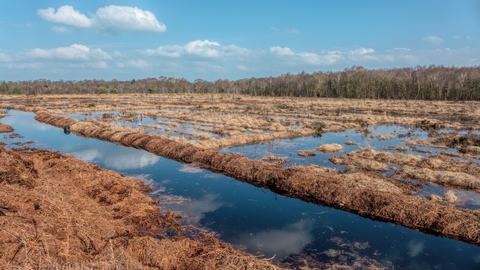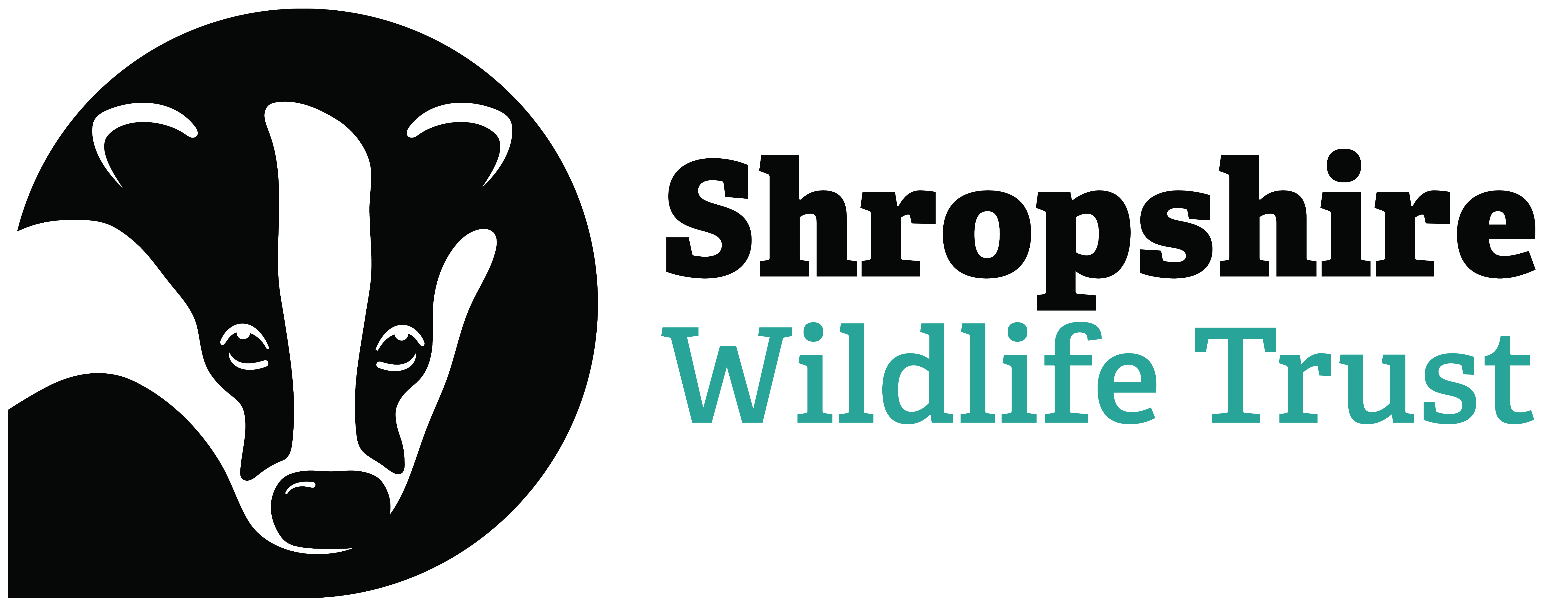
Fenn’s, Whixall & Bettisfield Mosses NNR being restored by bunding the peat through the £5 million EU-LIFE funded Marches Mosses BogLIFE Project.
(c) Stephen Barlow
The Mosses, Ice Age to Modern Day - Whitchurch Branch
Church Street
, Whitchurch, SY13 1LB
Please note this is a change of talk from that originally advertised..
Event details
About the event
The Mosses, Ice Age to Modern Day, takes the audience back to the very beginnings of the development of what is now known as Fenns, Whixall and Bettisfield Mosses. It is a journey that originates some 10,000 years ago at the time of the last Ice Age, a time when the area was covered by a glacier.
The talk examines how a raised lowland peat bog forms from the growth of Sphagnum Moss and the crucial factors that differentiate it from other bog types. From its ultimate point of growth as a huge domed quagmire we can see the impact man has had from the early days of hand peat cutting through to the industrial scale of peat removal which led to the near destruction of what is Great Britain’s 3rd largest lowland bog.
The listener will gain some sense of the importance of the Mosses to the local community and see how peat was very much a part of everyday life for people who lived near to. Old black and white photographs tell their own story. The tools, machinery and methods of peat cutting are illustrated both from the days of hand peat cutting through to the commercial extraction of peat in the 1980’s.
Iron and Bronze Age man was in evidence too. Bog Bodies were found in the 19th Century. The Mosses played their part in both World Wars and evidence of this remains to be seen today. A passenger railway line and a canal were constructed across the Mosses and the Disused Railway Line today provides a haven for butterflies
The Mosses represent a very rare habitat and for that reason are crucially important as a refuge for many rare invertebrates, including Butterflies, Dragonflies and Moths, reptiles and amphibians. The talk illustrates these including the life cycle of one of our nationally rare Dragonflies. The Mosses also form a breeding habitat for other wildlife too including one of the more rare breeding birds, the Northern Curlew.
The talk looks at the present day efforts to heal the scars of years of the peat cutting and forestry industry. The restoration of the Mosses is a mammoth task. The listener will learn of the main aims and of the work led by Natural England to re-wet the Mosses, which have dried out following years of drainage and peat removal.
We will end by looking at the future of the Mosses with the instigation of what is known as the Bog Life Project. One of the key aspects of this work is the formation of bunds.
In an era where climate change is a worldwide concern, the importance of Peat Bogs worldwide and Nationally in storing carbon is all-important.
Hopefully the Mosses will be an environment for all to enjoy in the years to come.
There will be a 20 minute break when tea or coffee available.
Booking
Price
£3 members£4 no-members
£1 under 18s
